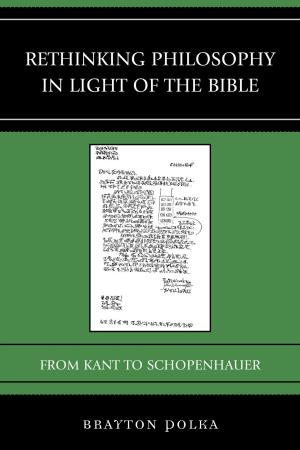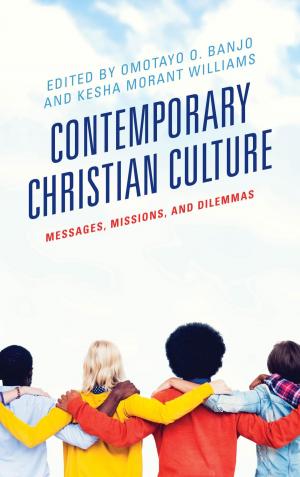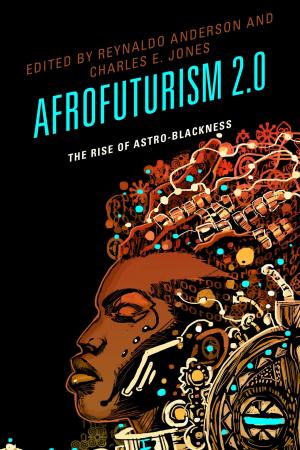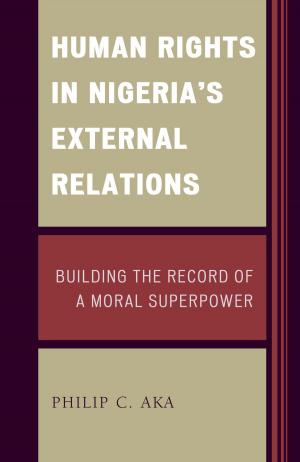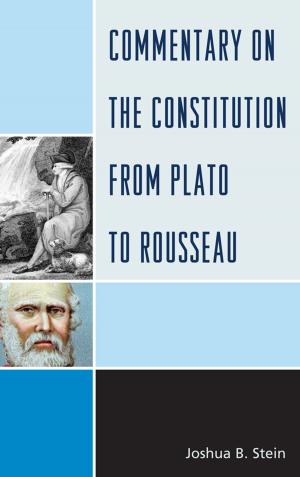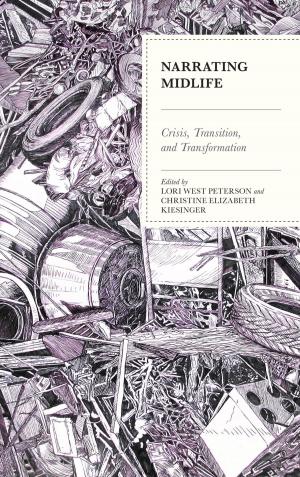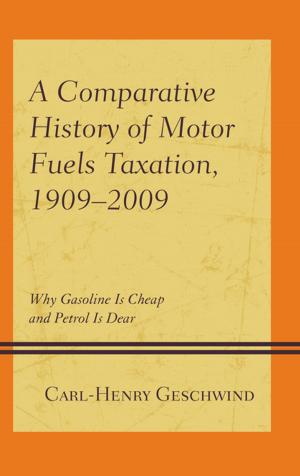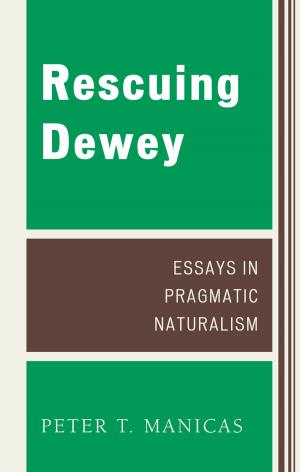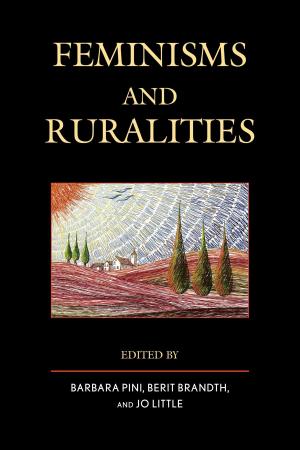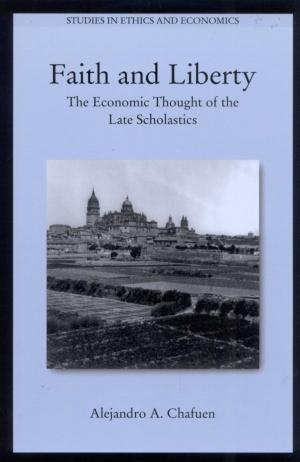Recovering 1940s Horror Cinema
Traces of a Lost Decade
Nonfiction, Entertainment, Film, History & Criticism, Performing Arts, Social & Cultural Studies, Social Science| Author: | Paul Corupe, Blair Davis, Louise Fenton, Anne Golden, David Hanley, Karen Herland, Mark Jancovich, Kier-La Janisse, Cory Legassic, Peter Marra, Dennis R. Perry, Selma Purac, Gary D. Rhodes, Rick Trembles, Ian Olney, author of Euro Horror: Classic European Horror Cinema in Contemporary American Culture | ISBN: | 9781498503808 |
| Publisher: | Lexington Books | Publication: | December 11, 2014 |
| Imprint: | Lexington Books | Language: | English |
| Author: | Paul Corupe, Blair Davis, Louise Fenton, Anne Golden, David Hanley, Karen Herland, Mark Jancovich, Kier-La Janisse, Cory Legassic, Peter Marra, Dennis R. Perry, Selma Purac, Gary D. Rhodes, Rick Trembles, Ian Olney, author of Euro Horror: Classic European Horror Cinema in Contemporary American Culture |
| ISBN: | 9781498503808 |
| Publisher: | Lexington Books |
| Publication: | December 11, 2014 |
| Imprint: | Lexington Books |
| Language: | English |
The 1940s is a lost decade in horror cinema, undervalued and written out of most horror scholarship. This collection revises, reframes, and deconstructs persistent critical binaries that have been put in place by scholarly discourse to label 1940s horror as somehow inferior to a “classical” period or “canonical” mode of horror in the 1930s, especially as represented by the monster films of Universal Studios. The book's four sections re-evaluate the historical, political, economic, and cultural factors informing 1940s horror cinema to introduce new theoretical frameworks and to open up space for scholarly discussion of 1940s horror genre hybridity, periodization, and aesthetics. Chapters focused on Gothic and Grand Guignol traditions operating in forties horror cinema, 1940s proto-slasher films, the independent horrors of the Poverty Row studios, and critical reevaluations of neglected hybrid films such as The Vampire’s Ghost (1945) and “slippery” auteurs such as Robert Siodmak and Sam Neufield, work to recover a decade of horror that has been framed as having fallen victim to repetition, exhaustion, and decline.
The 1940s is a lost decade in horror cinema, undervalued and written out of most horror scholarship. This collection revises, reframes, and deconstructs persistent critical binaries that have been put in place by scholarly discourse to label 1940s horror as somehow inferior to a “classical” period or “canonical” mode of horror in the 1930s, especially as represented by the monster films of Universal Studios. The book's four sections re-evaluate the historical, political, economic, and cultural factors informing 1940s horror cinema to introduce new theoretical frameworks and to open up space for scholarly discussion of 1940s horror genre hybridity, periodization, and aesthetics. Chapters focused on Gothic and Grand Guignol traditions operating in forties horror cinema, 1940s proto-slasher films, the independent horrors of the Poverty Row studios, and critical reevaluations of neglected hybrid films such as The Vampire’s Ghost (1945) and “slippery” auteurs such as Robert Siodmak and Sam Neufield, work to recover a decade of horror that has been framed as having fallen victim to repetition, exhaustion, and decline.


